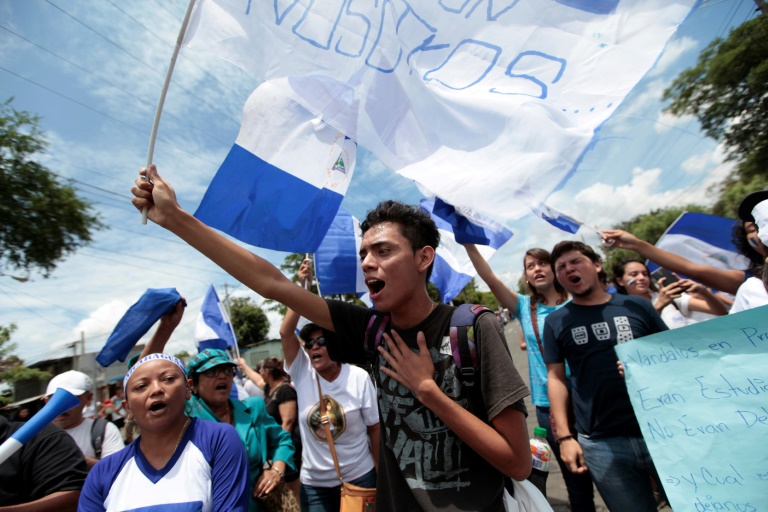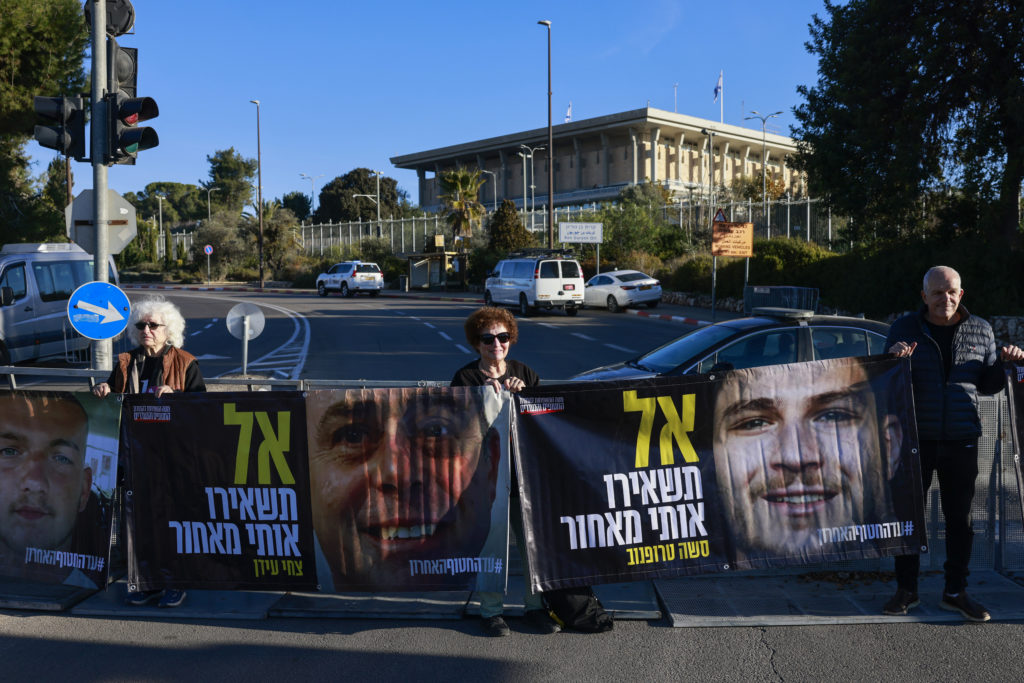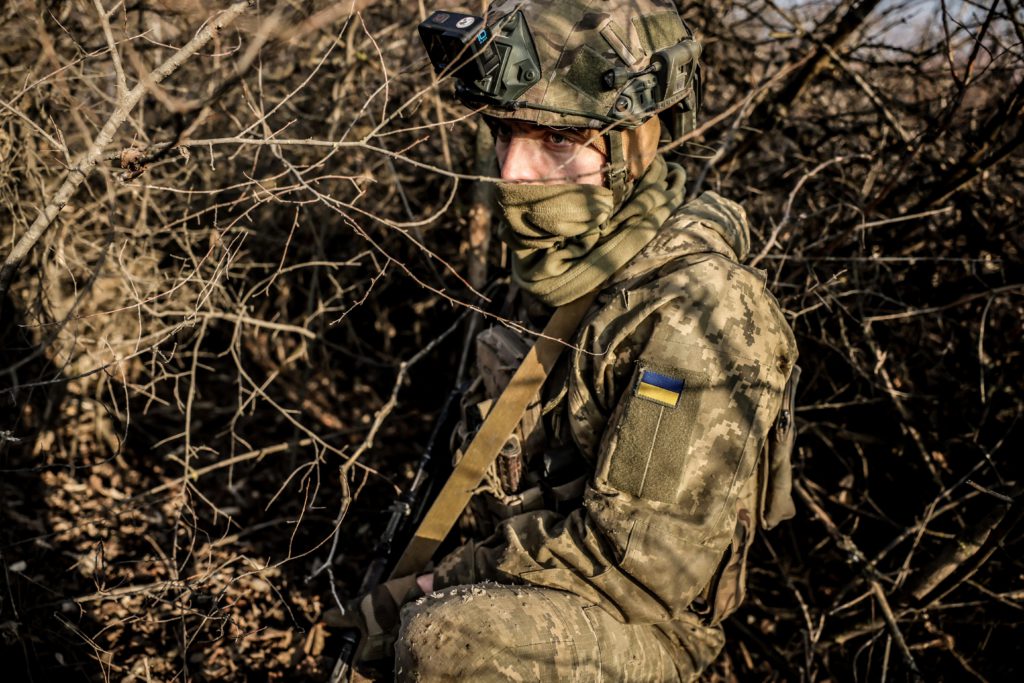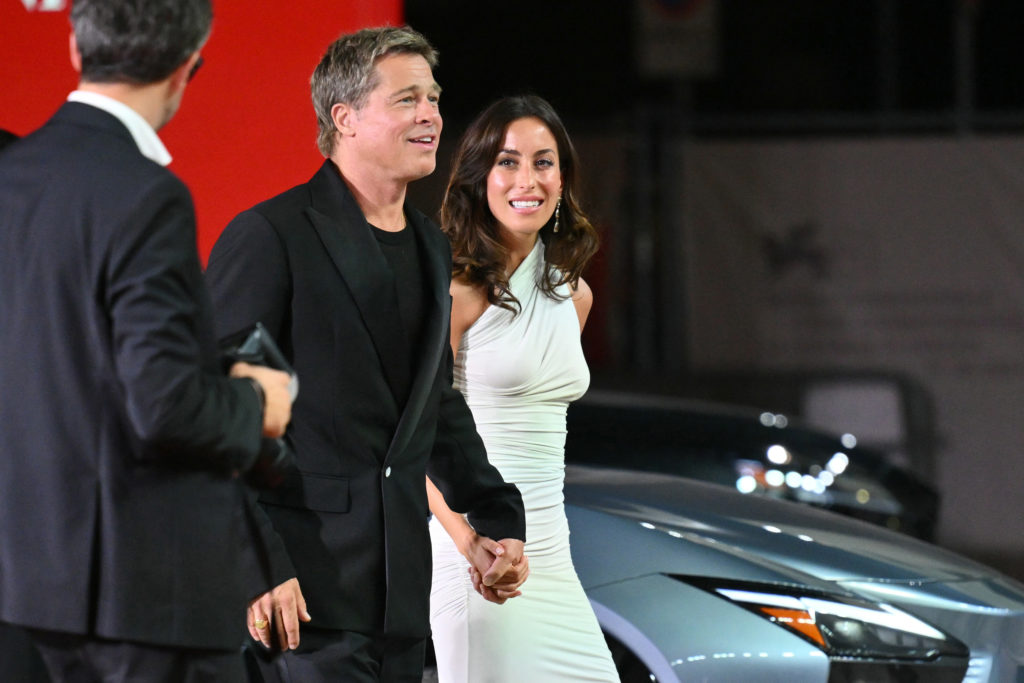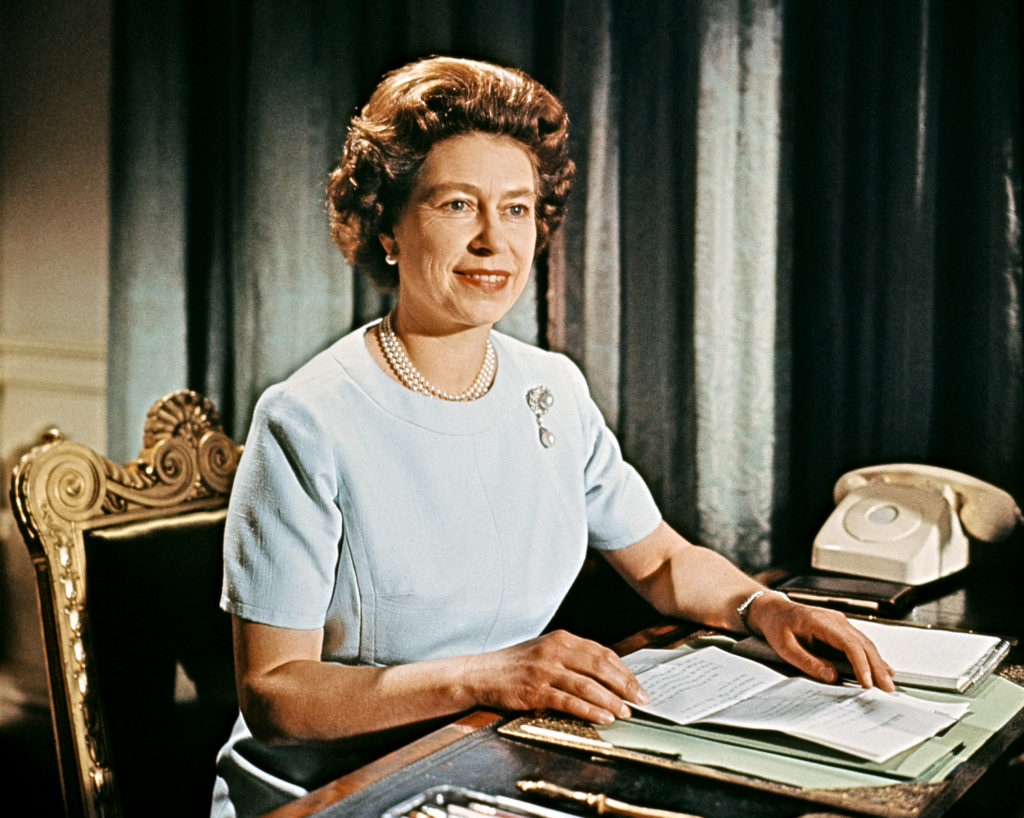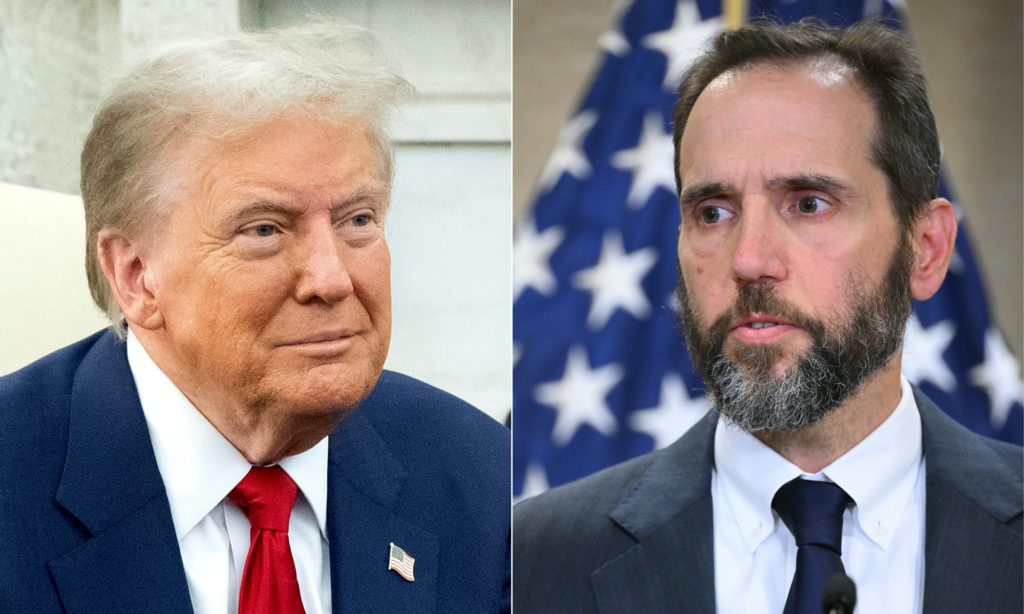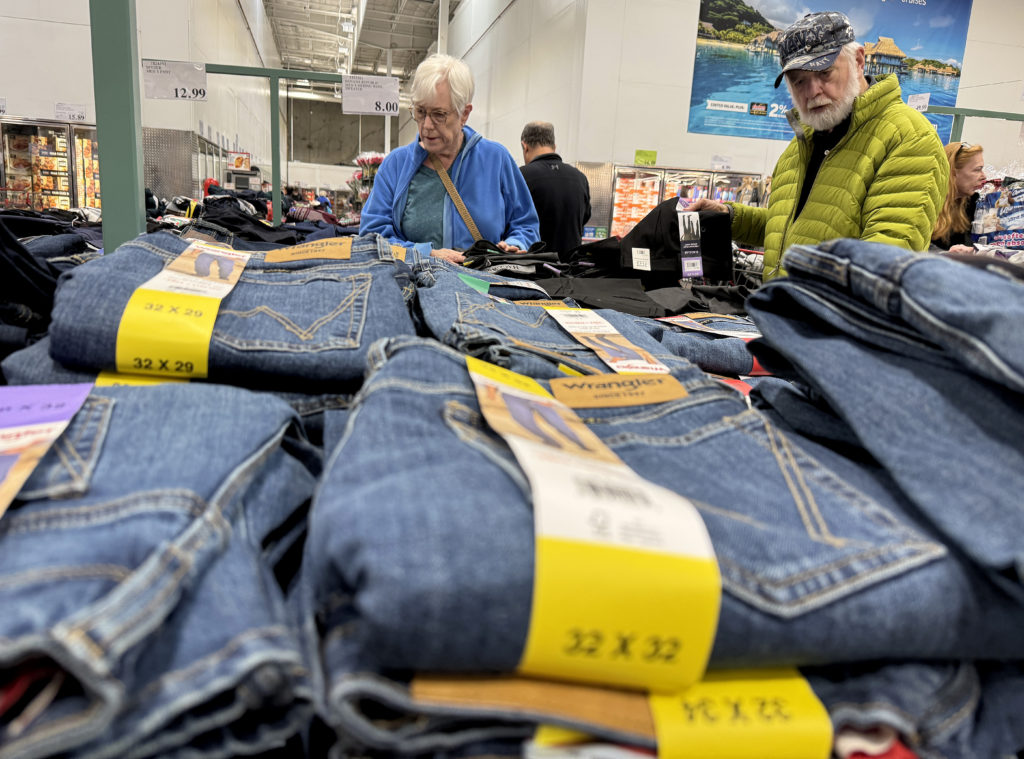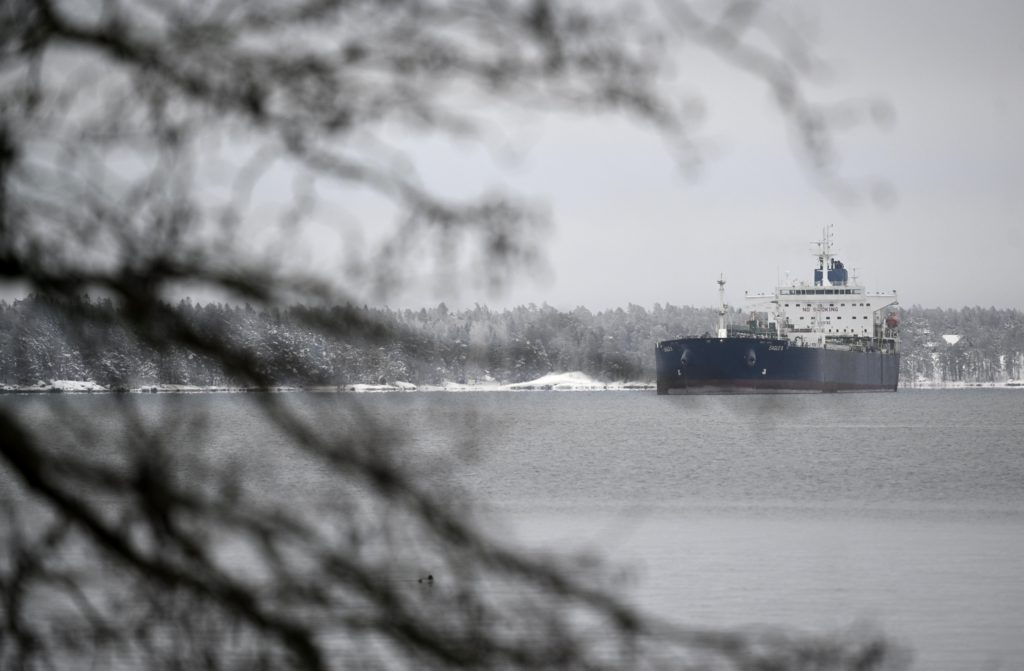Central America’s poorest country, Nicaragua has been mired in political crisis for three years with deadly protests calling for former guerrilla turned long-time leader Daniel Ortega to step down.
– Dictatorship and revolution –
Nicaragua declared its independence from Spain in 1821 but was occupied by the United States from 1927 to 1933. Resistance against Washington was led by guerrilla Augusto Sandino, who was assassinated in 1934 and remains a national hero.
From 1936 to 1979, the country was under the dictatorship of the Somoza dynasty that installed three presidents.
The last, Anastasio Somoza, was overthrown in 1979 by the Sandinista revolution, a guerrilla organization that included the Ortega brothers, Daniel — who then took political power — and Humberto, the army chief.
In the 1980s the United States supported rebels who fought the Soviet-backed Sandinista government. The civil war claimed as many as 50,000 lives before a permanent ceasefire was agreed in 1990.
– Power couple –
Daniel Ortega lost the 1990 elections but was re-elected president in 2006 and again in 2011, faced with a divided opposition.
In 2014, the constitution was modified to scrap presidential term limits, enabling Ortega to win a third successive term in 2016 in tandem with his wife Rosario Murillo, who became vice president. The opposition boycotted the vote.
Since 2018, the regime has faced nationwide protests calling for Ortega to stand down. Opponents say Ortega’s regime is a dictatorship marked by corruption and nepotism.
The government’s brutal crackdown on protests left at least 328 people dead, several hundred were jailed and more than 100,000 Nicaraguans have fled the country.
With a presidential election set for November, authorities have arrested 19 key members of the opposition, including five would-be presidential candidates.
– Pandemic sceptic –
Experts say Nicaragua’s official Covid-19 death toll of 188 cannot be right, with rights groups accusing the government of hiding the true number of fatalities.
It was the only country in the region not to impose travel bans, and medical associations have criticized official inaction. A vaccination campaign was launched in March.
– Poverty and corruption –
The second poorest country in the Americas after Haiti, the 2018 protests halted the dynamic economic growth Nicaragua had previously recorded, with its GDP dipping to 3.9 percent in 2019, according to the World Bank.
The economy — which is hugely dependent on coffee and meat exports — is forecast to drop further with the impact of the pandemic, the ongoing political turmoil and a double whammy of two hurricanes.
Nicaragua is the most corrupt country on the continent according to Transparency International’s 2020 report, coming 159 out of 180 countries on its index.
– A rival Panama canal? –
A planned waterway across the country linking the Atlantic and Pacific oceans to rival the Panama Canal has provoked controversy and protests.
In 2013 a concession was awarded to a Hong Kong group to construct and run the 270-kilometre (168-mile) long route that was to cost $50 billion.
But the project has dropped off the radar after the initial fanfare of its launch, having faced opposition from rural communities and indigenous people, who had not been consulted.

